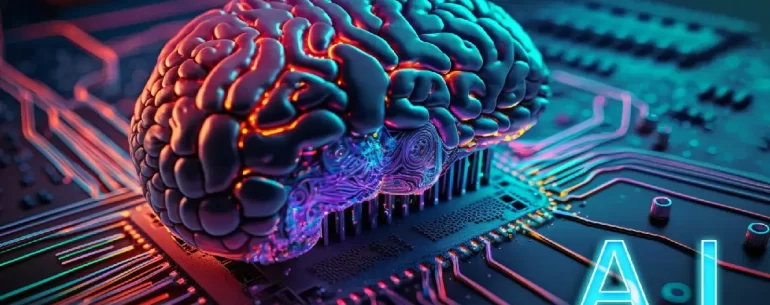Released in 2002, “Minority Report” is a science fiction film directed by Steven Spielberg, loosely based on a short story by Philip K. Dick. The film presents a dystopian future where a specialized police force known as PreCrime uses psychic individuals called “precogs” to predict and prevent crimes before they occur. Below is a summation discussing How Accurate Was The Film Minority Report At Predicting The Future.
As the film explores themes of surveillance, technology, and the implications of predictive policing, it raises the question: How accurate was “Minority Report” at predicting the future? Let’s take a closer look at “Minority Report” and examine its portrayal of future technologies and their impact on society. By evaluating the film’s predictions against our current technological advancements, we can assess its accuracy and the extent to which it foresaw the future.
Precognition and Predictive Policing
In “Minority Report,” the concept of precognition is central to the film’s narrative. The idea that individuals can see into the future and predict crimes before they happen raises ethical and moral questions regarding the balance between personal freedom and public safety. While we do not have precognitive abilities in reality, the film’s exploration of predictive policing and the use of advanced algorithms to anticipate criminal behavior touches upon real-world debates surrounding the balance between security and civil liberties. Predictive policing, although not as advanced as depicted in the film, is a topic of interest for law enforcement agencies, with algorithms being used to identify high-risk areas and allocate resources accordingly. Interestingly, Artificial Intelligence is already being used in this area. Have a look at this page for more information – what is AI, ML and DL.
Gesture-based User Interfaces
One of the most memorable aspects of “Minority Report” is its portrayal of gesture-based user interfaces. In the film, characters manipulate virtual screens and interact with technology through hand gestures and motions. This concept has seen significant progress in recent years, with the emergence of touchless interfaces and gesture recognition technology. Devices like Microsoft’s Kinect and the development of virtual reality and augmented reality systems have made gesture-based interactions a reality, although they are not as seamless or advanced as depicted in the film.
Personalized Advertising and Retinal Scanning
“Minority Report” also touches on the issue of personalized advertising and retinal scanning. In the film, billboards and advertisements recognize individuals and deliver tailored messages based on their retinal scans. While retinal scanning is not commonly used in advertising today, personalized advertising has become increasingly prevalent with the advent of data-driven marketing. Online platforms track user behavior and preferences to deliver targeted advertisements, mirroring the film’s prediction of tailored advertising based on personal data.
Autonomous Vehicles
Autonomous vehicles play a significant role in “Minority Report.” The film depicts a future where cars can navigate without human intervention, seamlessly moving through the cityscape. While fully autonomous vehicles are still in the early stages of development and deployment, significant progress has been made in recent years. Companies like Tesla, Waymo, and Uber have invested in self-driving technology, and autonomous vehicle trials are taking place in various cities around the world. While we are not at the level of ubiquitous self-driving cars as portrayed in the film, the concept of autonomous vehicles is steadily advancing.
Surveillance and Privacy Concerns
Surveillance and privacy concerns are pervasive themes throughout “Minority Report.” The film portrays a society where pervasive surveillance is used to monitor individuals and prevent crimes. While our current reality does not resemble the all-encompassing surveillance depicted in the film, concerns over surveillance and the erosion of privacy have become increasingly relevant. With the growth of surveillance technologies, facial recognition systems, and the collection of personal data, debates around privacy rights and the balance between security and civil liberties continue to be major societal discussions.
Minority Report – Science Fiction Becomes Science Fact?
While “Minority Report” is a work of science fiction, it does offer some prescient glimpses into the future. The film’s portrayal of predictive policing, gesture-based interfaces, personalised advertising, autonomous vehicles, and surveillance touches upon themes and technologies that have advanced to varying degrees in our present reality.
However, it is important to recognise that the film’s predictions are not fully realised or as advanced as depicted. The accuracy of “Minority Report” lies more in its ability to explore and raise important questions about the implications of emerging technologies on society, rather than its precise predictions of the future. Nonetheless, the film serves as a reminder of the need for critical reflection on the potential impacts of advancing technologies and the importance of ethical considerations in their development and implementation.
For more content like this, go visit the Deepblue blog – home to a Tenerife web design company but with clients all around the world.


